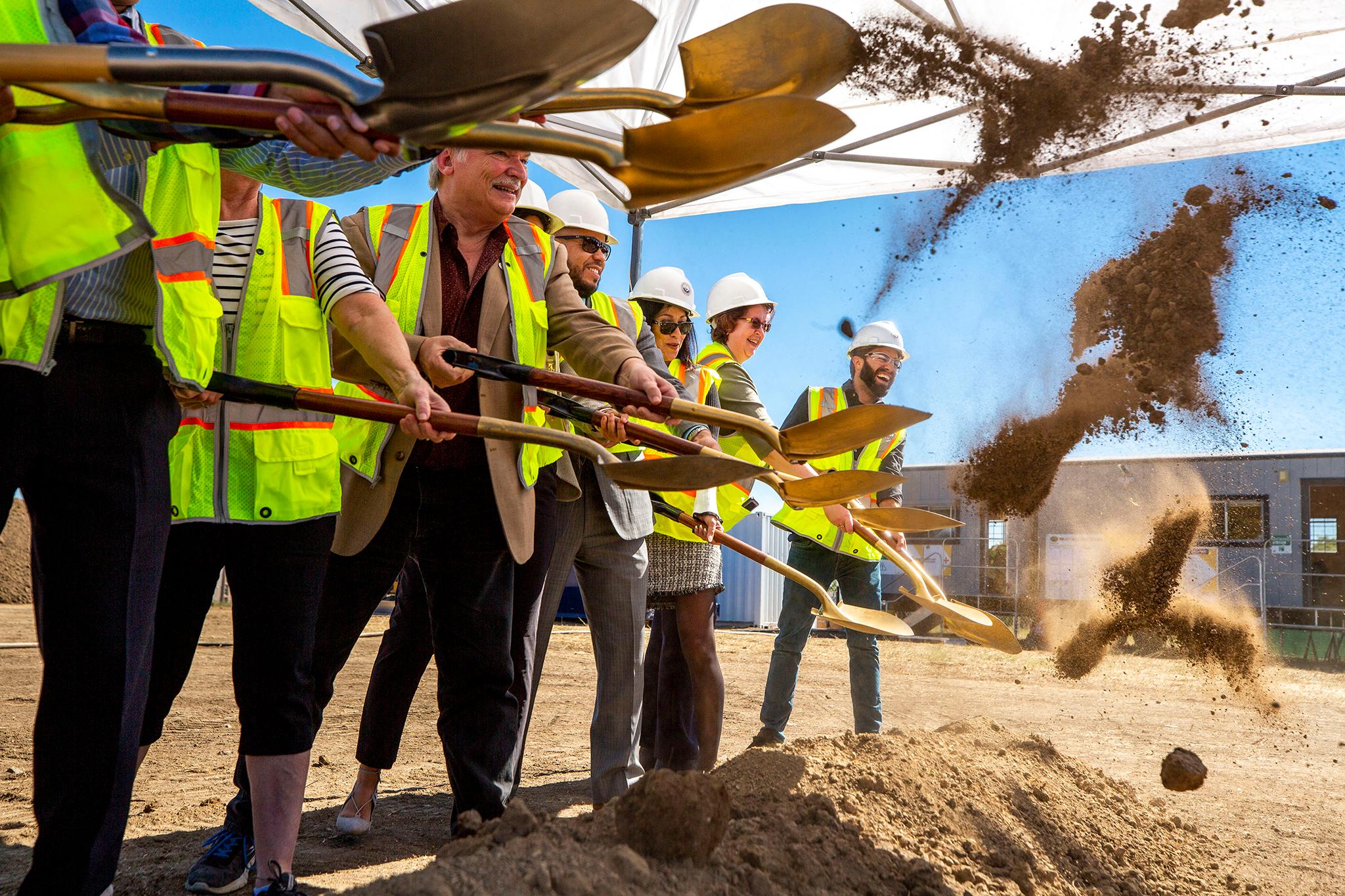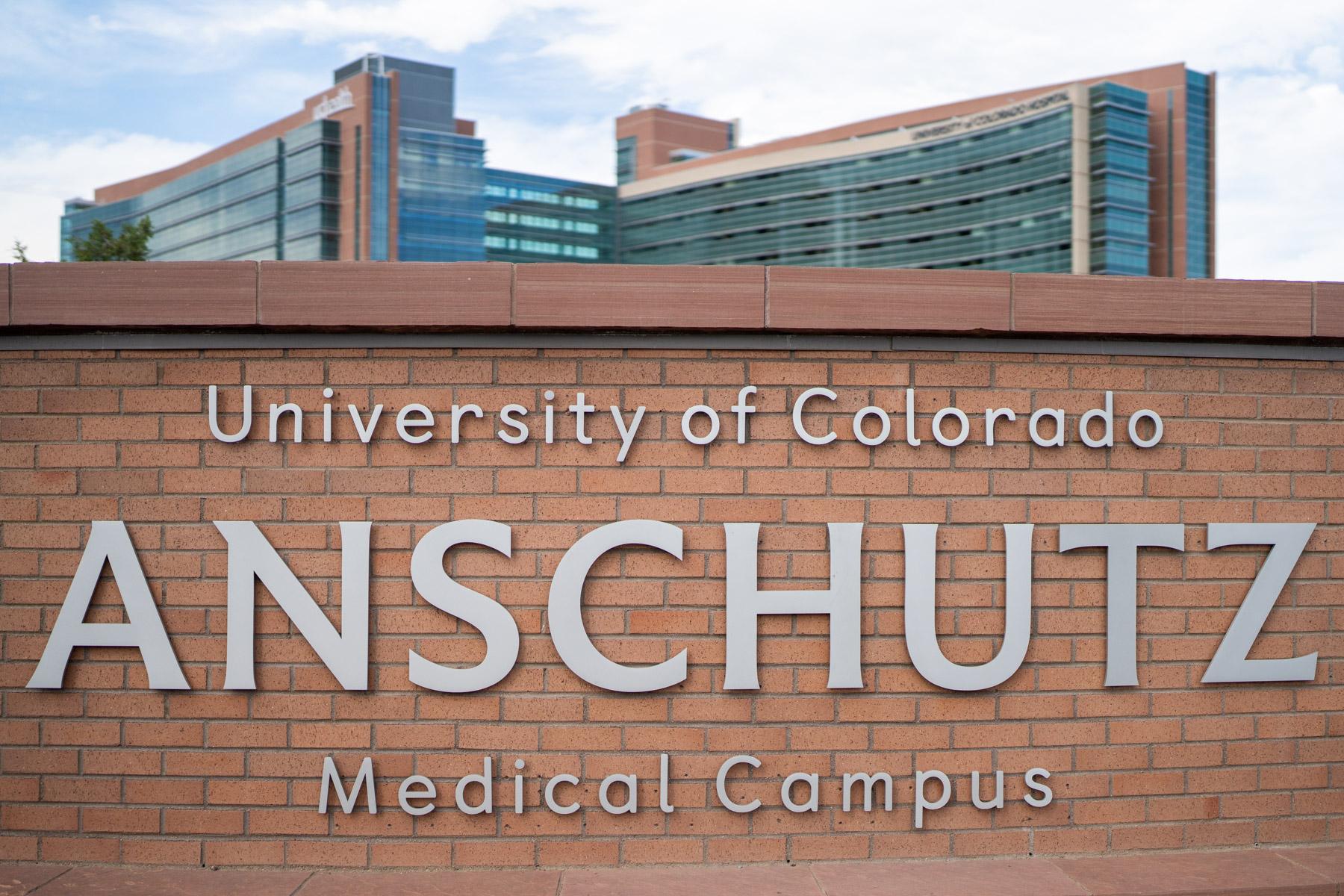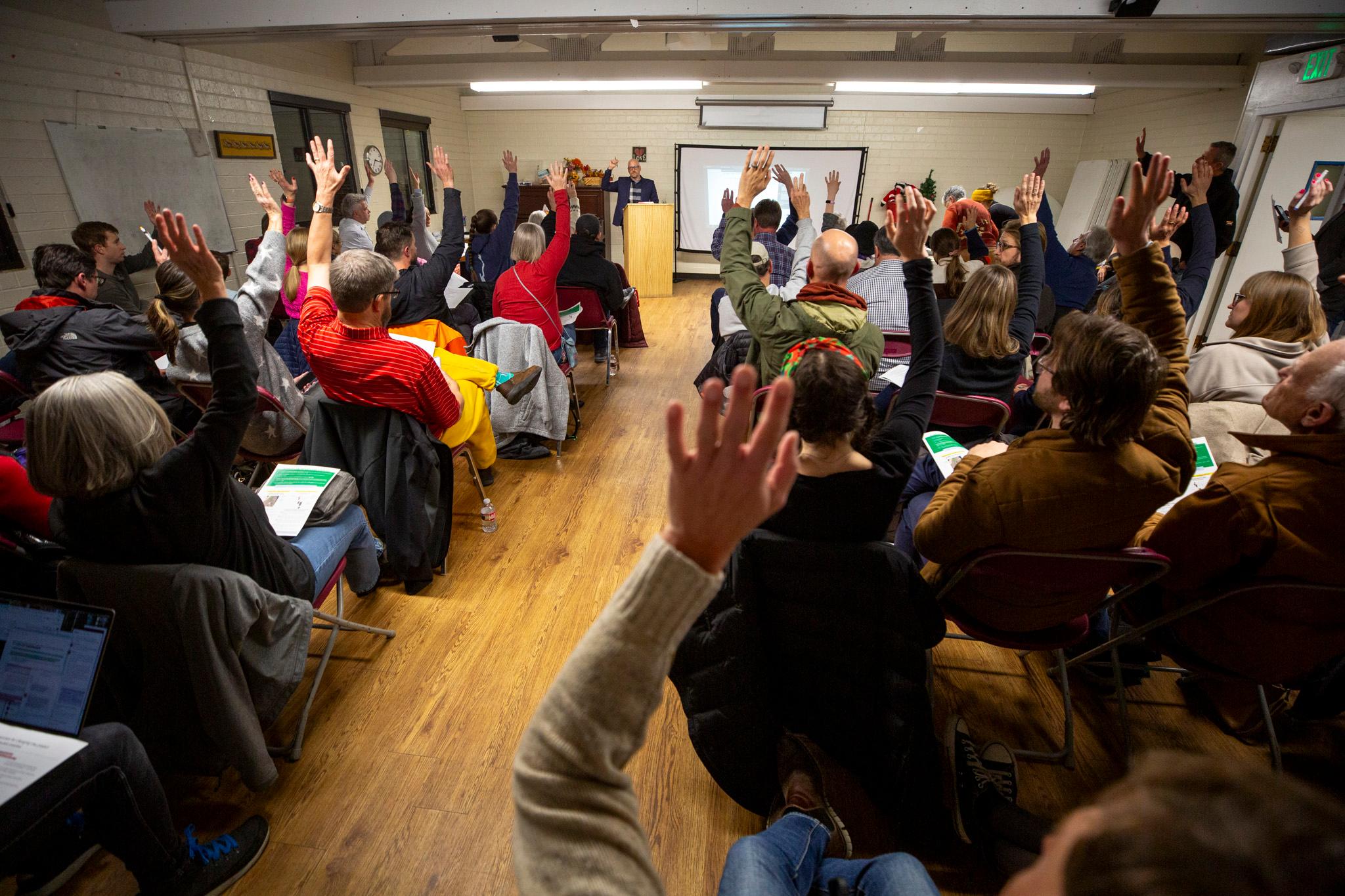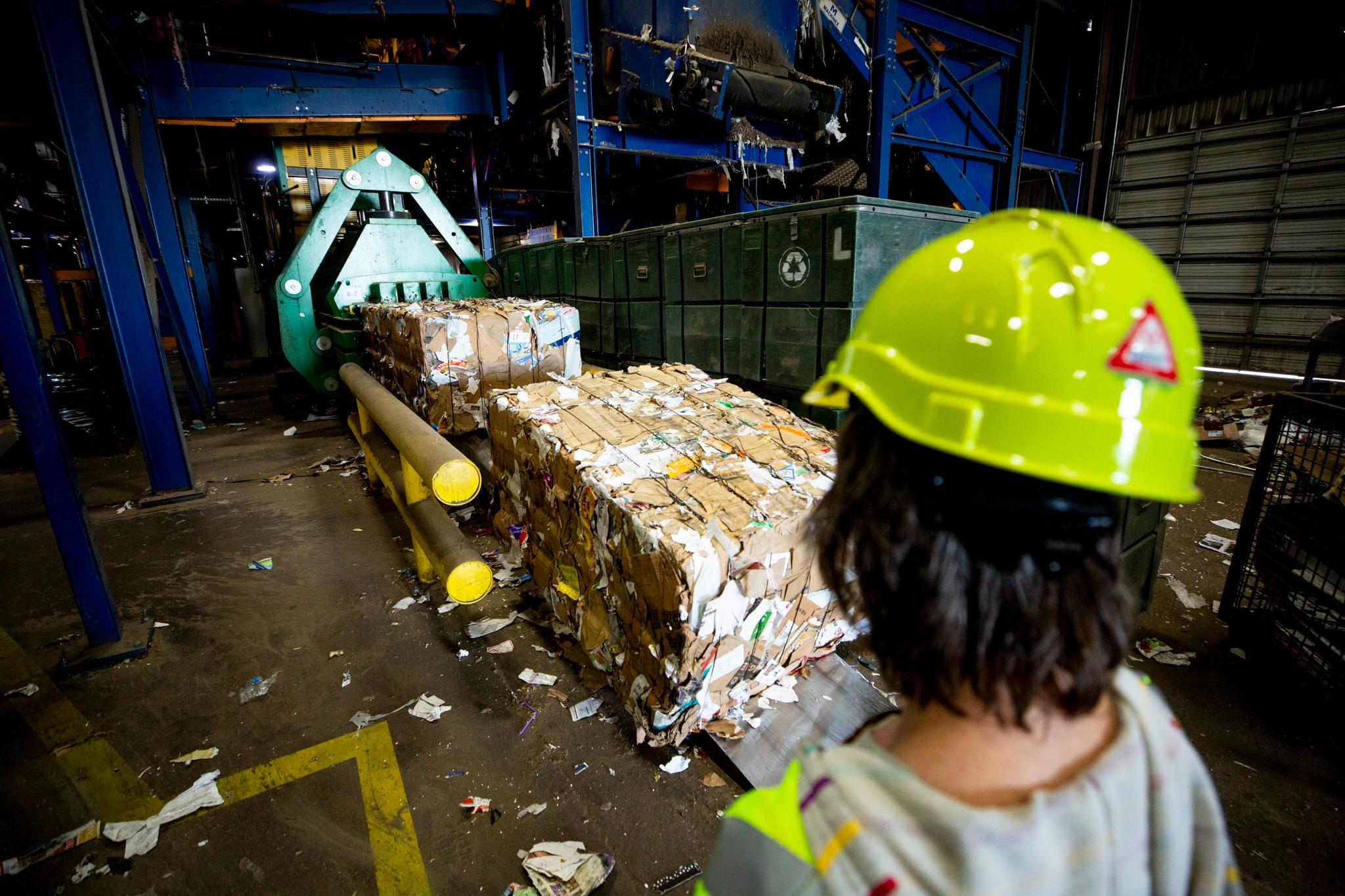Picture a cafeteria lunch of the past: grey burgers on wet buns, over-cooked green beans from the can, and limp fries barely unfrozen -- neither healthy nor delicious. For years, Denver Public Schools started working with urban gardening nonprofits to turn that image around... at least, at a few schools.
But the program -- building gardens on land schools weren't using -- had limited reach. The farms only produced for the schools where they were located; beyond that, they weren't exactly feeding the district. And the gardens' lifespan was short. Some schools even built new buildings on the once-empty fields where food flourished.
While many of those original farms have closed, Schmitt Elementary and Bradley International School still run urban gardens on site. And with the new greenhouse, big plans are in the works.
But it took time to get there.
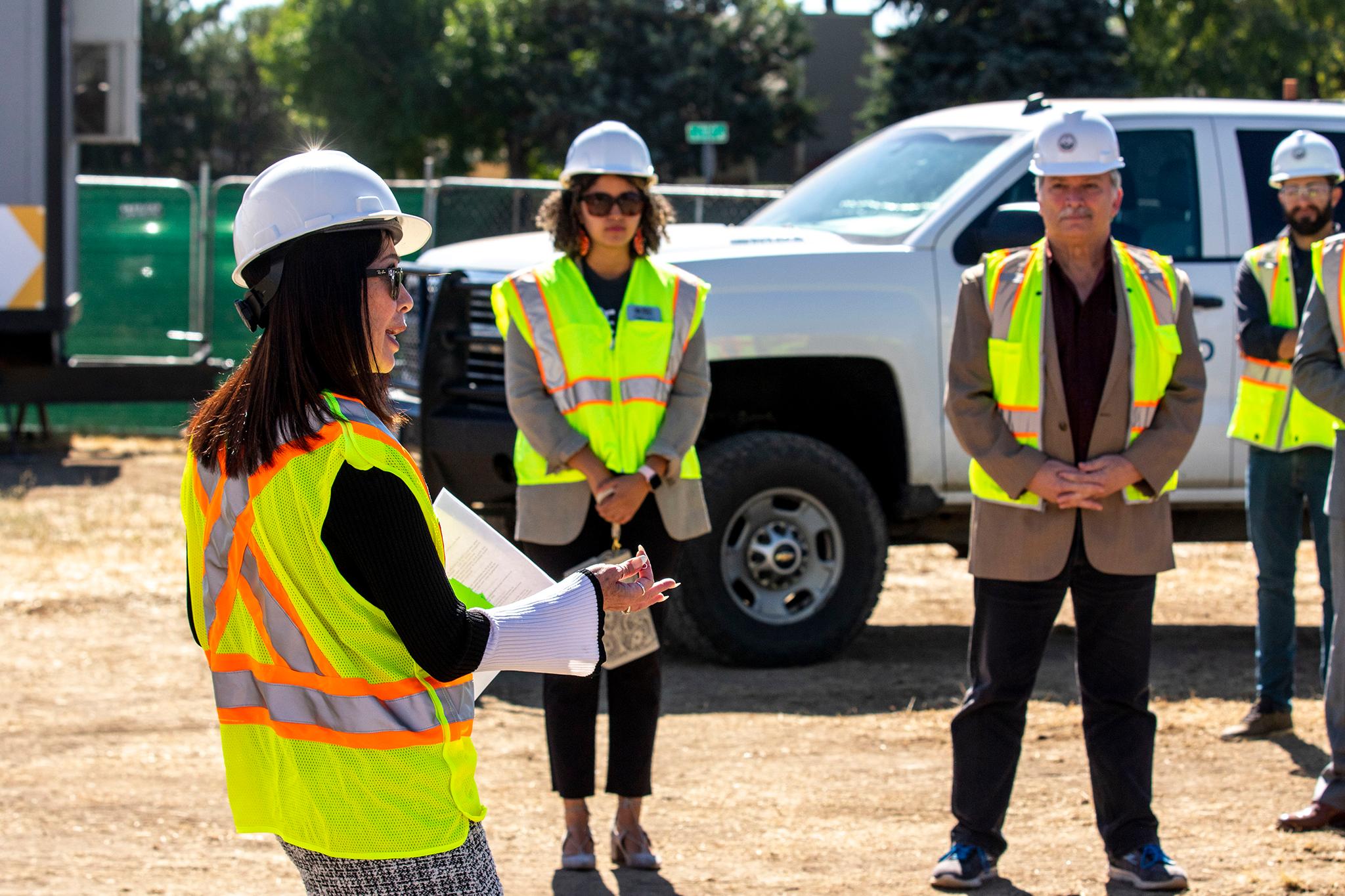
The new greenhouse started germinating a decade ago.
"About ten years ago, we were working with an urban-farm partner," says Theresa Hafner, the DPS executive director of Food Services. "We were trying to build farms on school property in fields that weren't being used. We wondered how much property is not being used around the district."
DPS launched a study of vacant land it owned and came across its Glenbrook Property, at 4900 South Field Way, in the Marston neighborhood. There, decades ago, the District had planned to build a school that ultimately never came to fruition.
"Wouldn't that be a great place to build a farm," Hafner recalls thinking. "Colorado's growing season is so short. Let's put in a greenhouse."
The project will cost a total of $4 million: $1 million from Healthy Food for Denver Kids, $100,000 from the U.S. Department of Agriculture and $2.1 million in bond money from Denver voters, along with other money from the district.
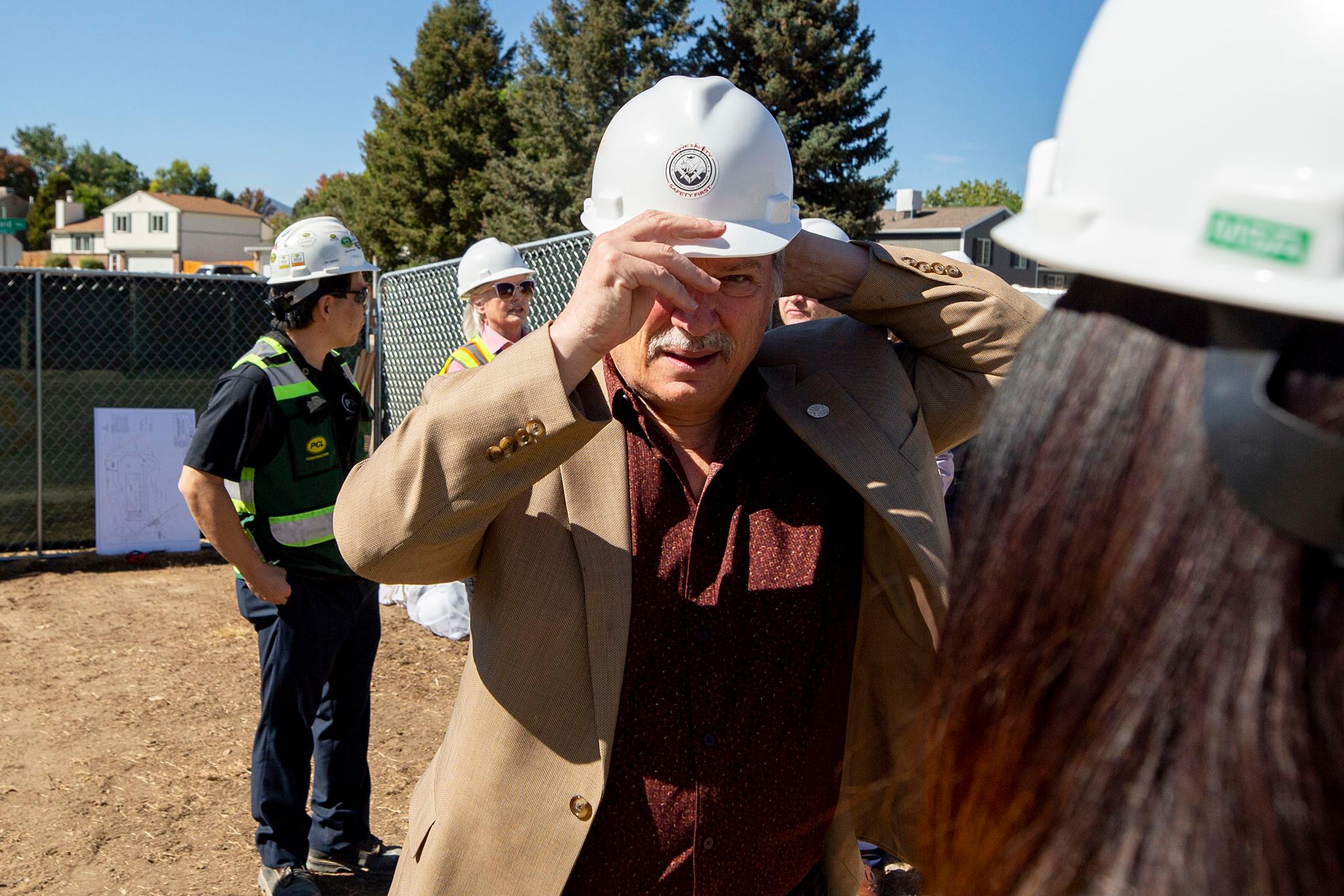
What's that $4 million budget going to buy?
The new greenhouse, which is being built by PCL Construction and will be ready to be planted by late spring 2022, will first be used to grow cherry and slicing tomatoes to liven up salads. If all goes well, the district will add leafy greens, peppers, cucumbers and strawberries.
How much? Hundreds of thousands of pounds, says Hafner.
Within five to seven years, DPS hopes the greenhouse will be turning a profit.
The district even plans to launch a program to create urban-agriculture opportunities for high school students.
"I think it's so much fun to be innovative and take it to the next level," says Hafner.
This story has been updated with the name of the construction company building the project.

